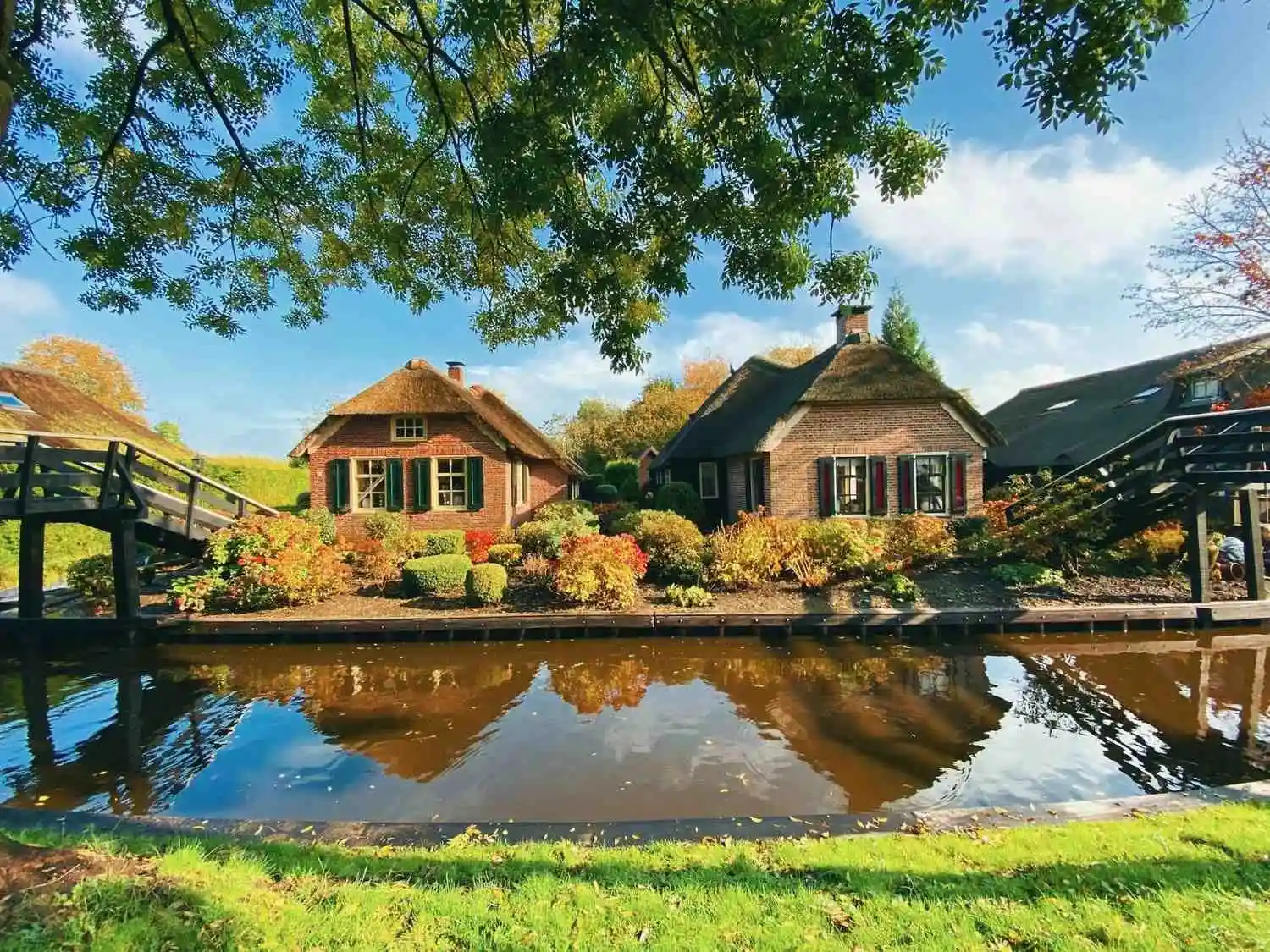Venice gets all the glory when it comes to scenic cities built on water, but Europe and Asia are home to equally stunning waterfront destinations that offer their own unique charm. These hidden gems provide the same romantic canal views and historic architecture without the overwhelming crowds and tourist traps that plague Italy’s floating city.
From the fairy-tale villages of the Netherlands to the imperial grandeur of St. Petersburg, these five water cities showcase diverse cultures, architectural styles, and natural beauty that rival Venice’s famous canals. Each destination offers something special—whether it’s the peaceful boat rides through flower-lined waterways or the chance to explore centuries-old bridges and waterside palaces.
Here Are 5 Scenic Cities on Water That Aren’t Venice
1. Giethoorn, Netherlands
“The Dutch Venice Without Cars”
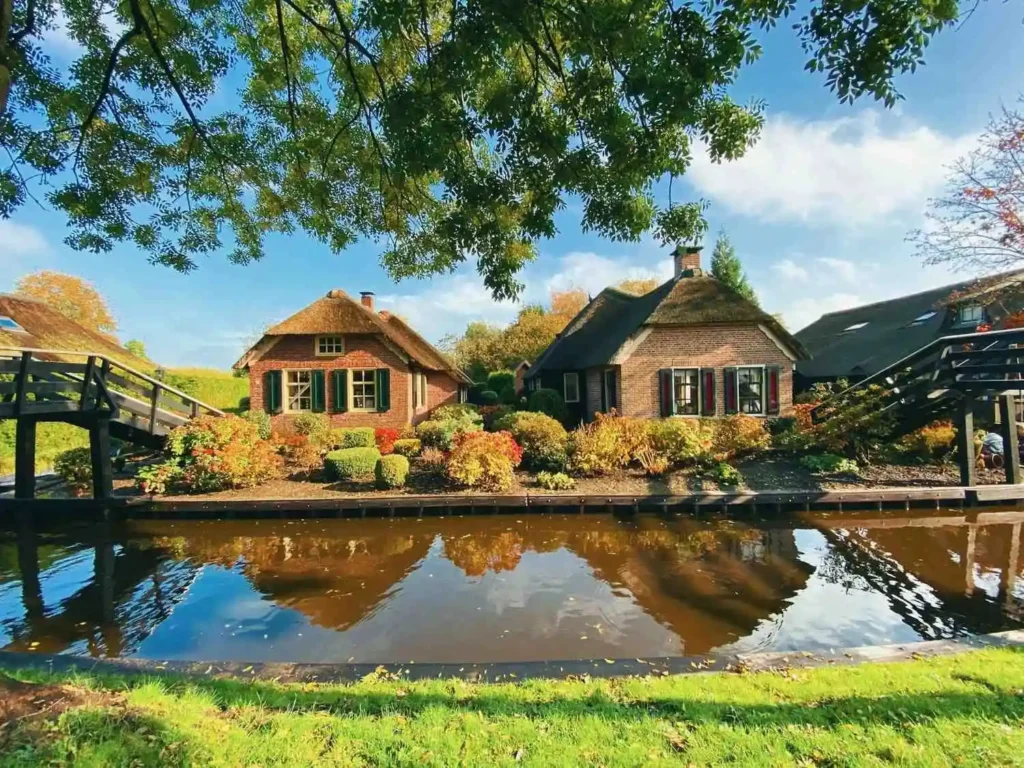
What Makes Giethoorn Special
Giethoorn is a postcard-perfect village where cars are banned and boats serve as the primary mode of transportation. This enchanting destination features over 180 wooden bridges connecting thatched-roof farmhouses that date back to the 13th century. The village sits within Weerribben-Wieden National Park, creating a serene atmosphere where the only sounds are lapping water and chirping birds.
Where It Is and Why It’s Iconic
Located in the Overijssel province of the Netherlands, Giethoorn earned its nickname “Dutch Venice” from its network of narrow canals and historic bridges. The village became famous worldwide after a Chinese documentary in 2014 showcased its peaceful waterways, leading to a surge in international tourism while maintaining its authentic rural charm.
Hidden Gems and Highlights
- Whisper boats are the only motorized vessels allowed—they’re nearly silent electric boats
- Many houses can only be accessed by boat or on foot via narrow walking paths
- The village has no roads in the old center, just waterways and cycling paths
- Traditional punt boats can be rented for a truly authentic experience
- Local restaurants serve fresh eel and other regional delicacies right on the water
- The area transforms into a winter wonderland where frozen canals become ice-skating routes
2. Bruges, Belgium
“Medieval Fairy Tale on Water”
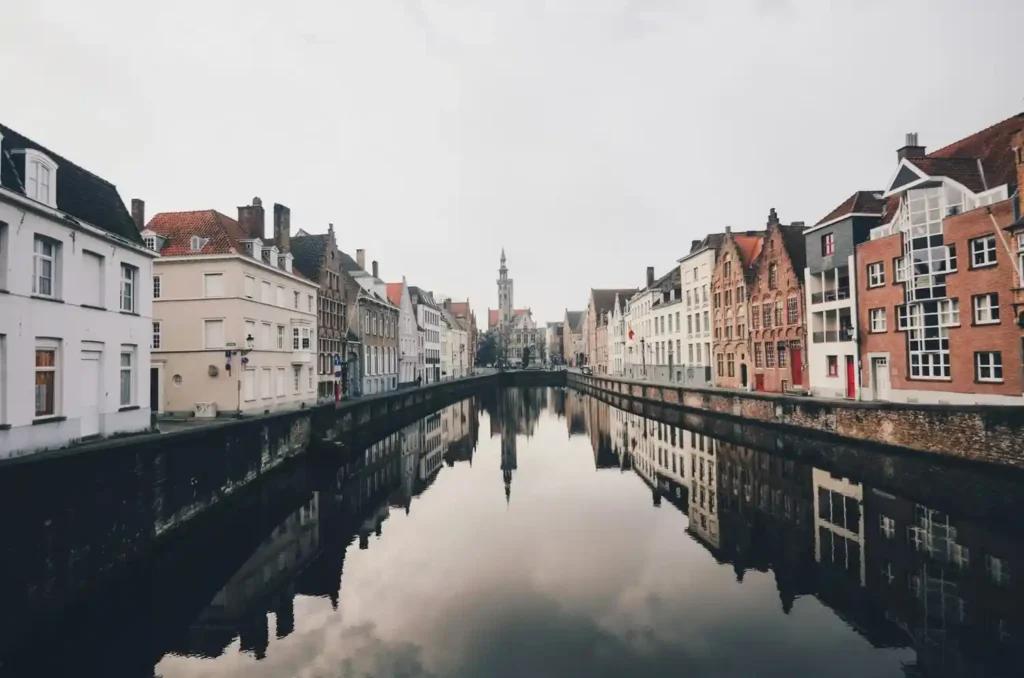
What Makes Bruges Special
Bruges is a UNESCO World Heritage medieval city that feels frozen in time, with its network of canals reflecting Gothic architecture and cobblestone streets. The city’s perfectly preserved historic center features towering church spires, centuries-old guild houses, and romantic bridges that create picture-perfect scenes at every turn.
Where It Is and Why It’s Iconic
Situated in northwestern Belgium, Bruges served as a major European trading port during the Middle Ages. The city’s canal system connected it to the North Sea, making it one of the wealthiest cities in Europe during the 13th and 14th centuries. Today, these same waterways provide scenic boat tours through living history.
Hidden Gems and Highlights
- Chocolate shops line the canals—Bruges produces some of the world’s finest Belgian chocolate
- The Belfry of Bruges offers panoramic views over the canal network from 83 meters high
- Swan families have called the canals home for centuries, creating magical photo opportunities
- Night illumination transforms the medieval buildings into a romantic fairyland
- The Groeningemuseum houses Flemish Primitive paintings in a canalside location
- Beer boat tours combine sightseeing with tastings of local Belgian brews
3. Stockholm, Sweden
“Scandinavian Capital Spread Across Islands”
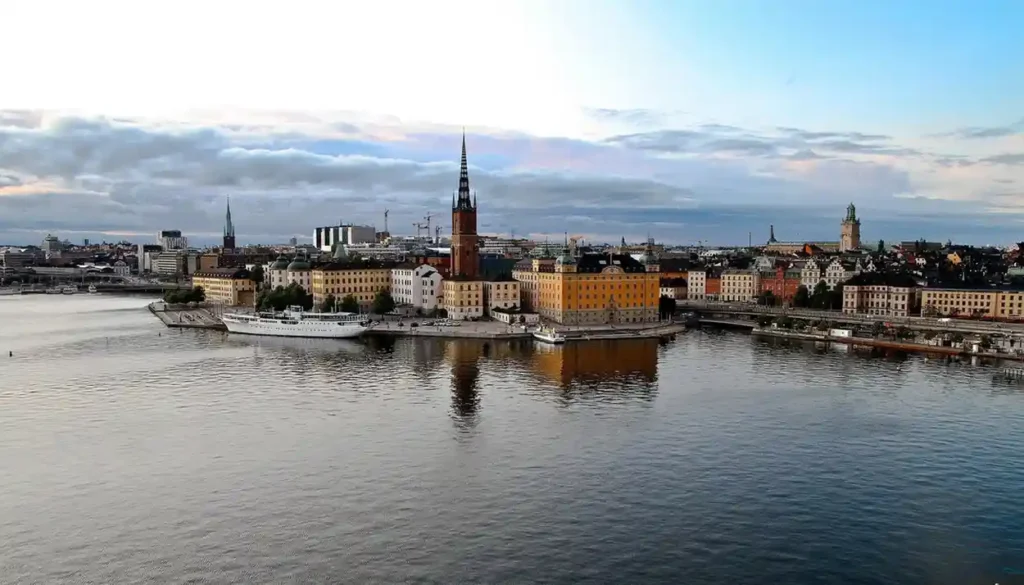
What Makes Stockholm Special
Stockholm is built across 14 interconnected islands in the Baltic Sea, connected by 57 bridges that create a unique urban waterscape. The city seamlessly blends medieval architecture with modern Scandinavian design, while its clean waters actually support swimming and fishing right in the city center.
Where It Is and Why It’s Iconic
The Swedish capital sits where Lake Mälaren meets the Baltic Sea, creating a natural harbor that has been inhabited since the 13th century. Stockholm’s island geography made it a strategic trading post, and today this same layout provides residents and visitors with waterfront access throughout the metropolitan area.
Hidden Gems and Highlights
- Gamla Stan (Old Town) occupies its own island with medieval streets and royal palaces
- The archipelago extends into the Baltic with over 30,000 islands, skerries, and rocks
- Year-round swimming is possible thanks to surprisingly clean city waters
- The ABBA Museum sits on Djurgården island, accessible by boat or bridge
- Midnight sun during summer creates magical golden hour light over the water
- Ice hotels on nearby islands offer unique winter experiences just a boat ride away
4. Suzhou, China
“Oriental Venice with Classical Gardens”
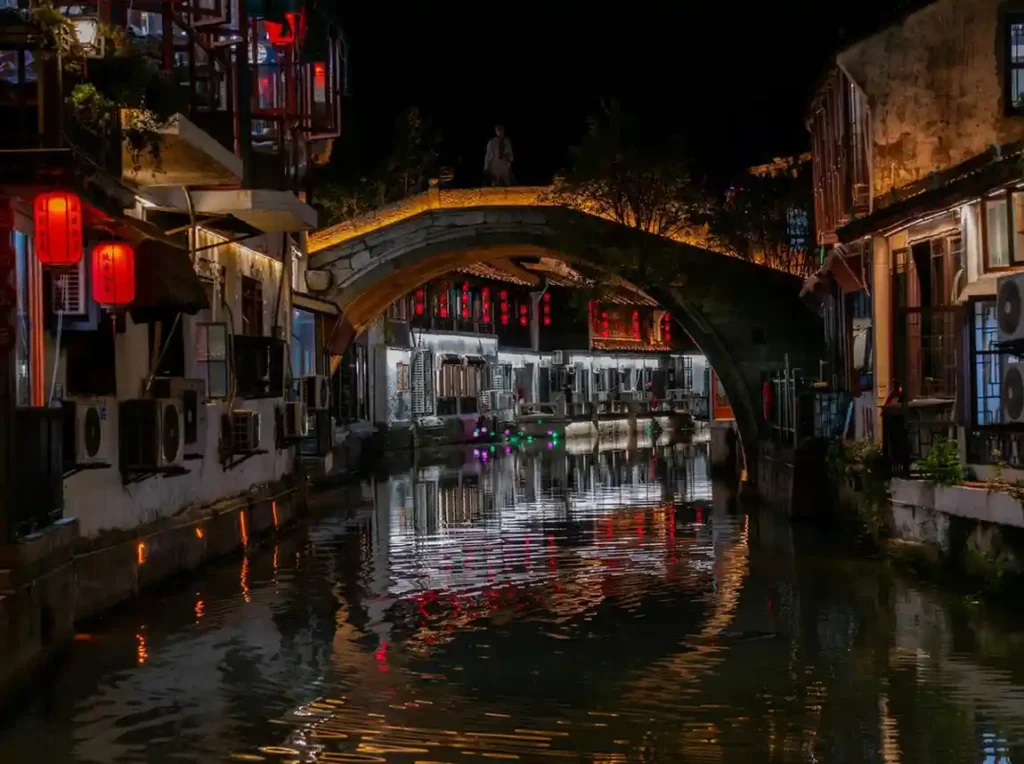
What Makes Suzhou Special
Suzhou is renowned for its classical Chinese gardens and ancient canal system that has earned it the nickname “Oriental Venice.” The city features over 2,500 years of history, with traditional architecture, stone bridges, and willow-lined waterways that inspired countless Chinese poets and artists throughout the centuries.
Where It Is and Why It’s Iconic
Located in eastern China near Shanghai, Suzhou sits in the Yangtze River Delta region known as the “Land of Fish and Rice.” The city’s extensive canal network was built during the 6th century BC and became crucial for transporting goods throughout imperial China. Nine of Suzhou’s classical gardens are UNESCO World Heritage sites.
Hidden Gems and Highlights
- Traditional silk production still thrives—Suzhou produces some of the world’s finest silk
- Kunqu opera originated here and is considered the “mother of Chinese opera”
- The Master of Nets Garden is considered the most perfect example of Chinese garden design
- Traditional boat rides through ancient canals pass under centuries-old stone bridges
- Pingtan storytelling performances take place in waterside teahouses
- The Suzhou Museum designed by I.M. Pei incorporates traditional garden elements
5. St. Petersburg, Russia
“Imperial Grandeur on the Neva”
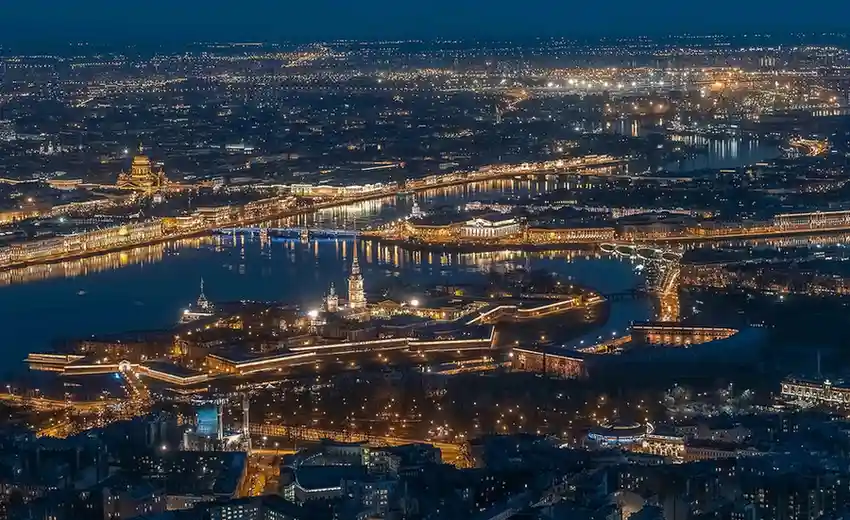
What Makes St. Petersburg Special
St. Petersburg is a grand imperial city built on 42 islands connected by over 800 bridges across the Neva River and its canals. Peter the Great designed this “Window to Europe” to rival European capitals, creating a stunning cityscape of baroque palaces, golden domes, and wide waterways that reflect centuries of Russian imperial power.
Where It Is and Why It’s Iconic
Russia’s former capital sits on the Baltic Sea coast where the Neva River reaches its delta. Built in 1703 as Peter the Great’s “European” city, St. Petersburg became the center of Russian imperial culture and remains the country’s cultural capital. The Historic Centre is a UNESCO World Heritage site encompassing the entire city center.
Hidden Gems and Highlights
- White Nights during summer create nearly 24-hour daylight over the shimmering waters
- The Hermitage Museum houses over 3 million works of art in the former Winter Palace
- Drawbridge ceremonies happen nightly from April to November for ship passage
- Canal boat tours offer unique perspectives of palaces and cathedrals
- The Church of the Savior on Spilled Blood features stunning onion domes reflected in nearby canals
- Mariinsky Theatre performances can be reached by scenic water taxi rides
Why These Water Cities Beat the Crowds
These five scenic waterfront destinations prove that Venice isn’t the only city where water and architecture create magic. Each offers its own cultural treasures, from Giethoorn’s peaceful thatched cottages to St. Petersburg’s imperial grandeur, without the overwhelming tourist crowds that can diminish the experience. Whether seeking medieval romance in Bruges or Oriental garden beauty in Suzhou, these water cities provide authentic cultural experiences alongside their stunning canal views and historic bridges.

